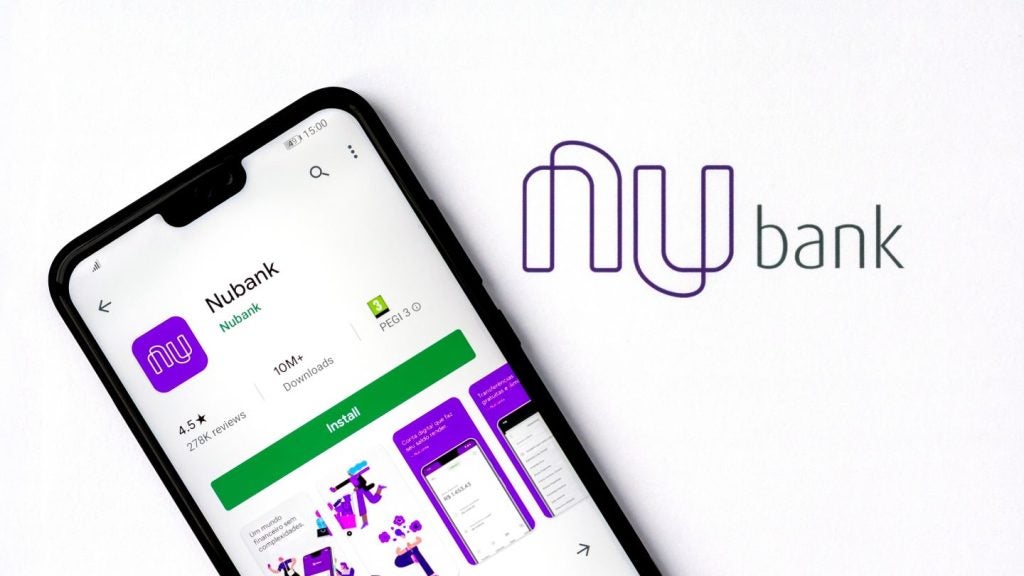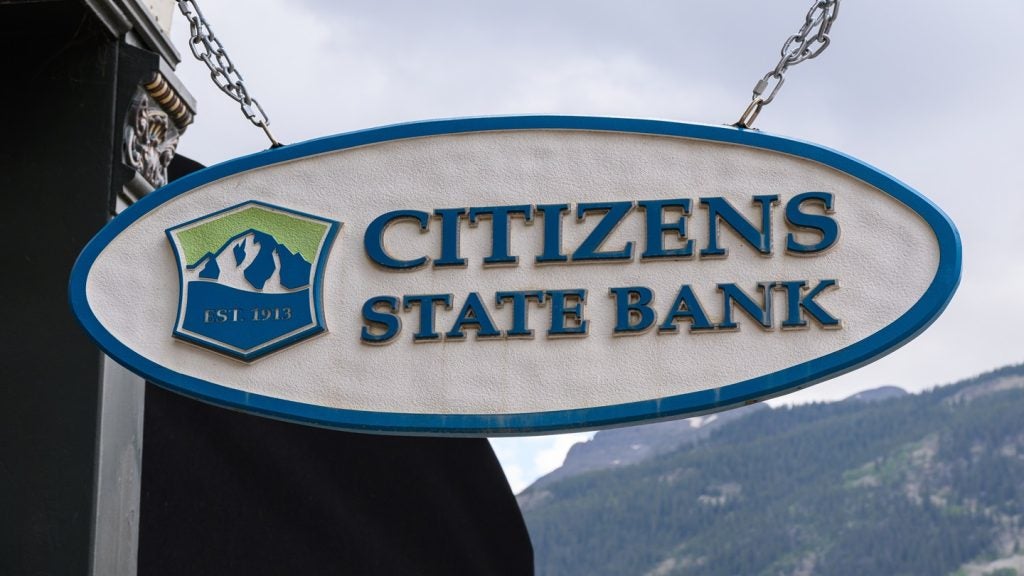Many people find navigating their personal finances a minefield. Pieces of paper with annual updates haphazardly filed, policies taken out that have since expired, reviews sent through the post that are out-of-date by the time they are received: it’s a familiar picture. These problems are compounded by people having to interact with multiple providers, each managing certain elements of their financial world, writes Andrew Holley
We recently ran a survey of more than 2,000 adults across the UK, which found that a significant 44% deal with three or more providers. Some respondents (7%) said they needed to balance information from seven or more organisations to get a complete picture of their current financial status.
This situation is leading to growing demand for a more integrated model, enabling individuals to access (on demand) a 360° view of their finances online in real-time. More than 40% of our sample said that having access to an online portal to view all their financial assets and liabilities in one place would help them plan and make better financial decisions, while fewer than 30% said it would not.
People today demand immediate access to consumer goods and services online. So it is not surprising that they might want the same when it comes to their personal finances? But in reality is this just a pipe dream or can this kind of real-time view become an achievable reality?
How a single organisation can deliver a 360 degree view
Many financial institutions have tried to provide their customers with a single view of the portfolios they hold with their organisation. The individual products, from mortgages to current accounts, from pensions to ISAs and insurance policies to investments, from which these portfolios are made up, are typically recorded and processed in different computer systems and using different identification numbers within any given organisation. Typically this network of different systems has been built up gradually over time, often through a process of merger and acquisition. The challenge therefore is gluing them all together and presenting the amalgamated results to the customer within a single online portal.

US Tariffs are shifting - will you react or anticipate?
Don’t let policy changes catch you off guard. Stay proactive with real-time data and expert analysis.
By GlobalDataIn delivering this, the key will be enabling the provision of this information through a universal identification number, perhaps a national insurance or social security number. This should make it easy to collect data relating to a single customer; pull it together; transfer it to a single amalgamated database and present it within a single portal where the customer can view details of their latest financial position on-demand.
So far, though, none of the big retail banks are offering such a service although some are trying to create this kind of single customer view. For any bank able to achieve this, the rewards are potentially far-reaching.
In the current environment, there is often little to distinguish the products on offer from the various high street banks. Being able to offer clients a 360 degree view of their personal finances would give banks a point of differentiation, and a service clients may value. Customers might be tempted to ignore a marginal product differential and switch all of their products to one provider if, in return they were able to access their entire portfolio, on a browser in one place.
Cross-industry integration
Of course, when it comes to extending the single view within one institution to more of a cross-industry approach, the obstacles grow. The technical challenges around unified customer numbers remain in place but in this scenario, the main barrier is around collaboration between the big financial organisations.
Politically, it would not be viable to allow one player to become dominant and ‘own’ the aggregation of the data. Instead an independent third party would need to be established that could be funded by the banks but that could alone manage the aggregation process around a set of data standards and customer identification like national insurance or social security numbers that are unique to each customer.
Security will inevitably be a much bigger issue with this approach. Each bank would need to have an assured confidentiality agreement in place with the chosen aggregator whose sole purpose would be receive and manage the information provided by the banks.
There are positive precedents here. The success of the CHAPS and Bacs payment systems show that it was in the interests of the banks to work with independent bodies that became clearing houses for cash. And we have seen successful examples of this kind of approach in other sectors, most notably the travel industry, where centralised product and content management and communication platforms have existed for years, pulling together data from hotels, airlines and booking services.
Positive prospects
Several factors are now coming together to make delivering the single real-time view a viable option. The technology exists to do it, customers and the banks themselves can increasingly see the benefits and regulatory bodies are now looking to bring in legislation designed to make the banking experience easier for the customer. Equally, the approach aligns well with the government’s current focus on getting people to take more responsibility for their financial responsibilities, notably pensions, education and health.
Looking ahead, the signs are good. Perhaps we will now finally see the single real-time view become a reality. The days of searching high and low for the latest pension review or trying to work out how much you should transfer from your current account to your ISA, from a deposit account into a pension or simply plan more effectively for the long term may finally be coming to an end.
Andrew Holley, founding partner of Holley Holland








